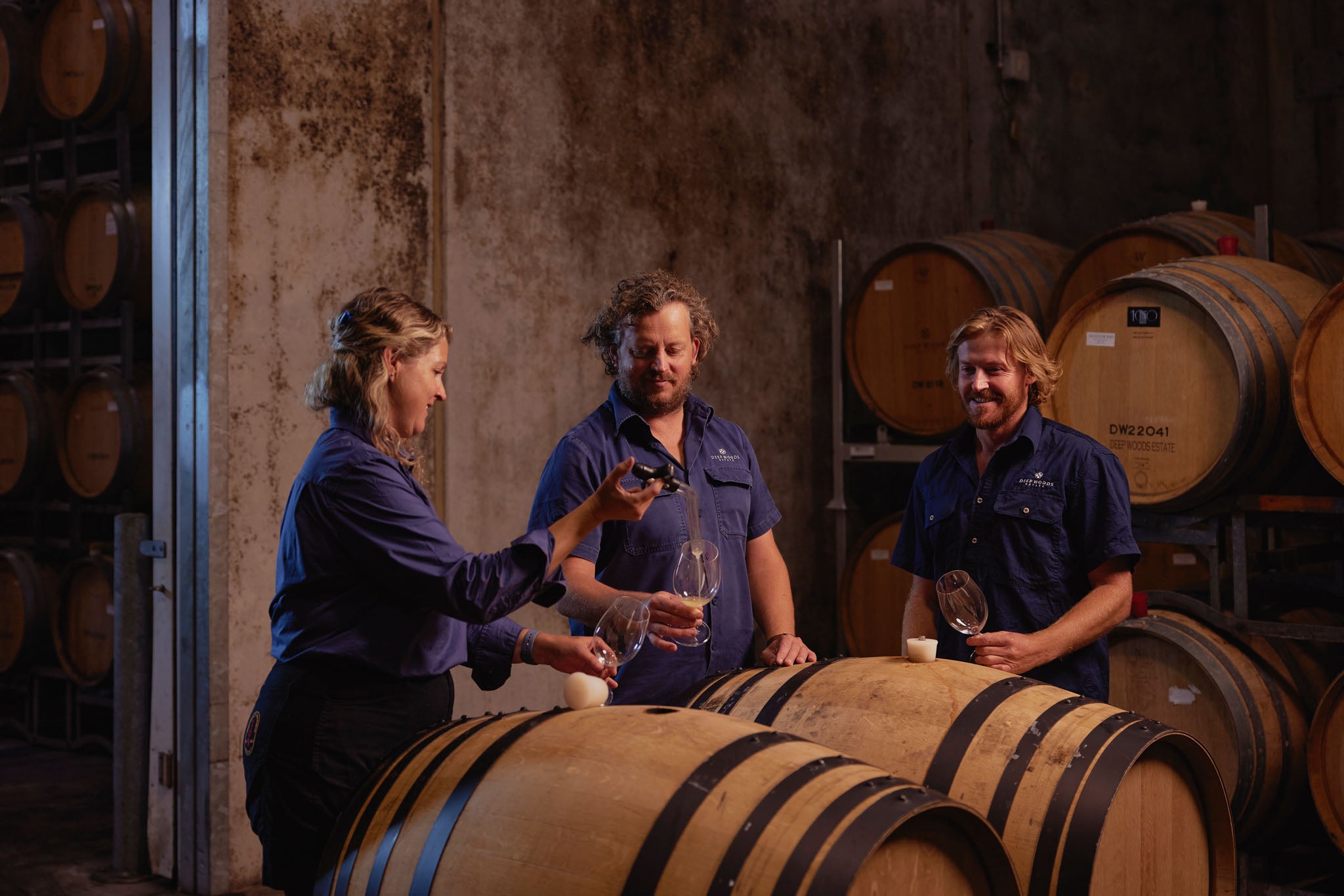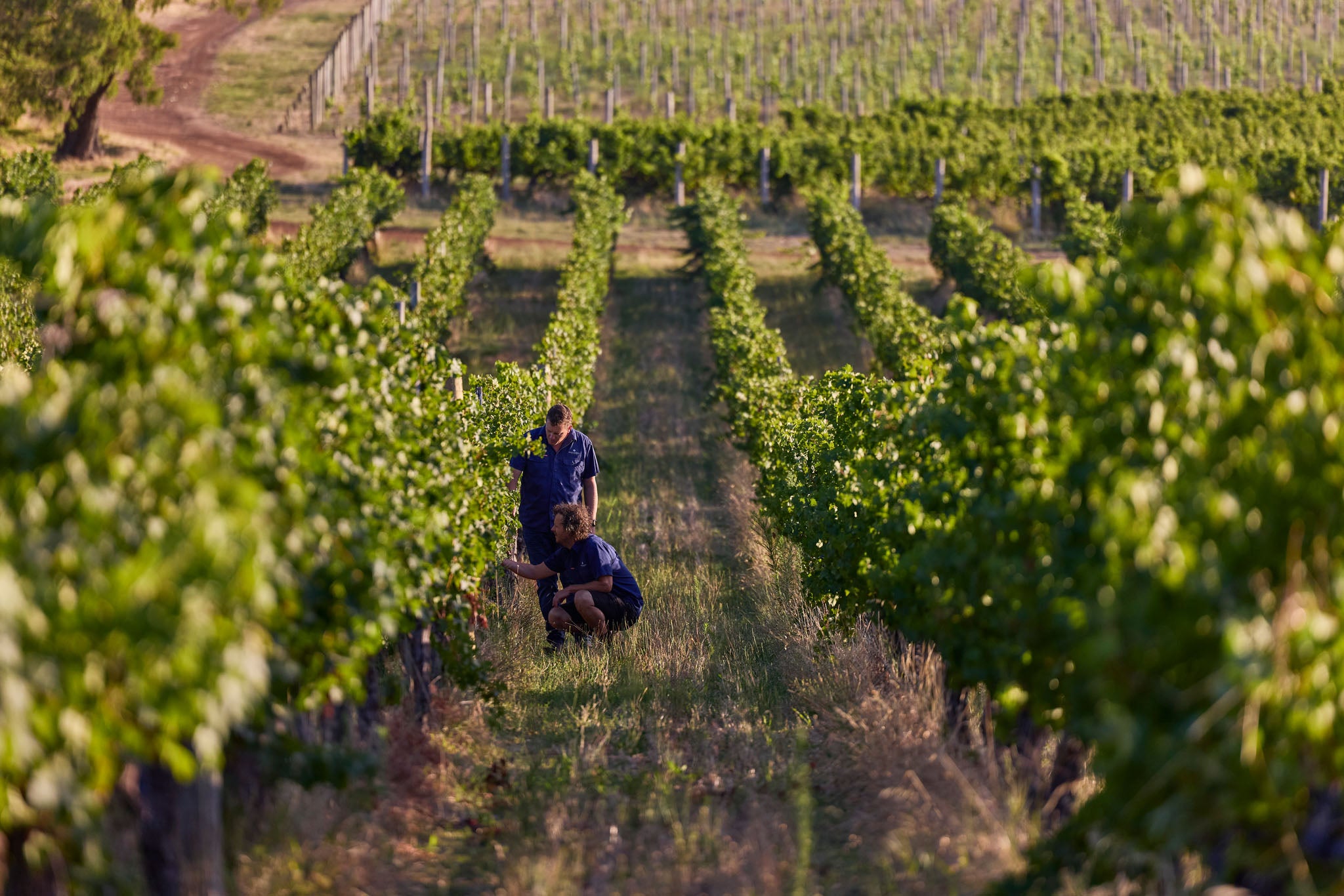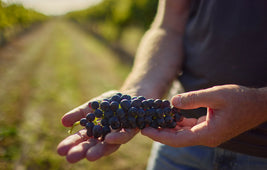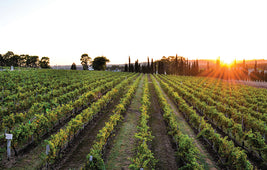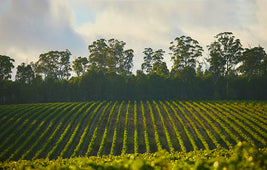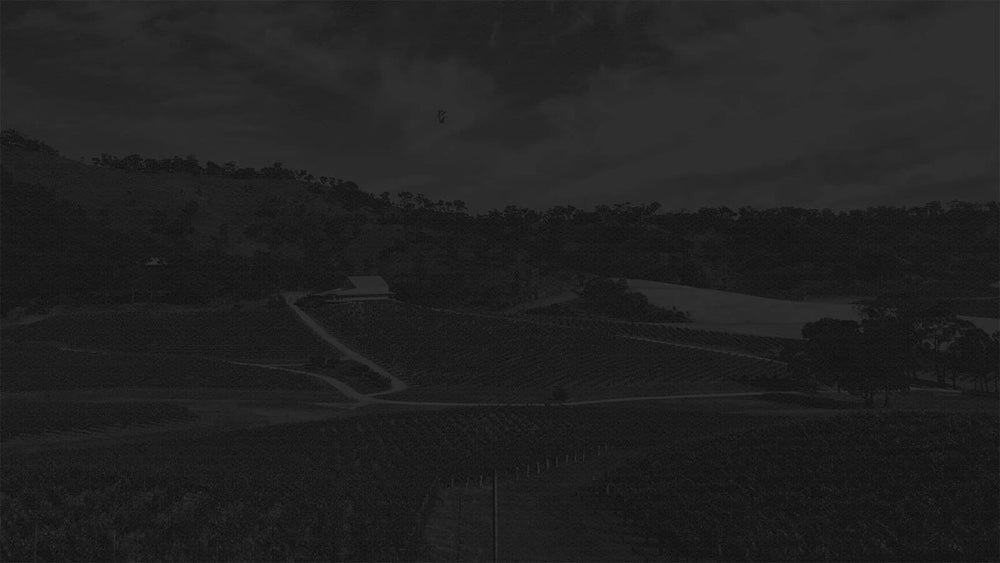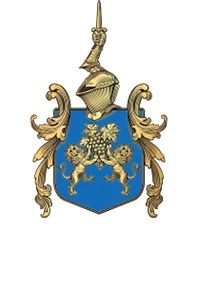Merlot: One of the world's most widely planted grape varieties

Merlot is one of the world’s most popular wine varieties, known for its approachable nature, rich flavours, and versatility. It’s produced as a single varietal wine and is a staple within some of the world's most expensive and collectable blends - Bordeaux reds.
Here’s everything you need to know about Merlot, from its history to its flavour profile and its role in the world of fine wine.
The Origin and History of Merlot
The name 'Merlot' is believed to come from the French word merle, meaning blackbird – a nod to the fruit’s dark hue and (supposedly!) its appeal to blackbirds in the Bordeaux vineyards where the variety originated.
While the exact origins are unknown, the earliest documented mention of Merlot dates back to 1784 in Bordeaux, France. Over time, the variety has gained popularity in Bordeaux and beyond, eventually becoming one of the world’s most widely planted grape varieties.
Fun Facts About Merlot
- Global Fame: Merlot is the second most planted grape variety globally, right after Cabernet Sauvignon.
- Hollywood Moment: Merlot saw a rise in fame (and a slight dip) after the film Sideways made fun at the variety.
- Early Ripener: The grape typically ripens earlier than other red varieties, making it somewhat easier to cultivate in cooler climates.
What Is the Merlot Grape Like?
Merlot grapes are known for their soft, thin skins, which result in wines with a silky texture and relatively low tannins. These thin skins also make Merlot less tannic than other reds like Cabernet Sauvignon, and more accessible to new red wine drinkers.
However, Merlot can also be layered and complex, depending on how it’s made and the region it’s grown. Although Merlot thrives in a variety of climates, it does particularly well in cool-to-moderate conditions, where it develops a balance of fruitiness and acidity.
Where in the World Does Merlot Grow?
Merlot has found homes in vineyards around the world, adapting beautifully to various climates:
- France: Bordeaux remains Merlot’s heartland, particularly on the Right Bank in regions like Pomerol and Saint-Émilion, where it’s often blended with Cabernet Sauvignon.
- Italy: In northeastern Italy, Merlot is widely planted, often used in blends, or crafted into single varietal wines.
- United States: California and Washington are leaders in American Merlot production, where winemakers craft both fruity, easy-drinking wines and more structured, complex styles.
- Chile: Merlot from Chile has gained international acclaim for its ripe fruit flavours, smooth texture, and affordability.
- Australia: Merlot grows well in Australia’s cool and moderate regions, producing wines with bright fruit and elegant tannins.
What Does Merlot Taste Like?
Merlot’s flavour profile varies depending on the climate and terroir. Warm climate Merlots tend to exhibit ripe black fruit and spice, while cooler climate Merlots often have more subtle fruit notes balanced with earthy undertones and firm acidity.
Generally, Merlot offers lush, fruit-forward notes like:
- Red and Dark Fruit: Cherry, raspberry, and plum are common, with some wines displaying black currant and blueberry.
- Herbal and Earthy Notes: Hints of tobacco, chocolate, and mocha, as well as cedar, give depth to some Merlot expressions.
- Oak Influence: When aged in oak, Merlot can develop soft vanilla, spice, and cocoa flavours, enhancing its smoothness and depth.
Single Varietal Merlot vs. Merlot Blends
Merlot is widely celebrated as both a single varietal and a blending variety. Here’s how they differ:
-
Single Varietal Merlot: When crafted as a single varietal, Merlot offers approachable softness and fruit-forward character, making it a favourite for everyday enjoyment. Single varietal Merlots often emphasise the grape’s natural smoothness, ripe fruit flavours, and velvety texture.
-
Merlot Blends: Merlot’s ability to add richness and fruit intensity makes it an ideal blending partner. In Bordeaux, it is often blended with Cabernet Sauvignon to round out the blend, softening the tannic structure of Cabernet. The result is a wine that’s layered, balanced, and well-suited for aging.
Smithbrook 2020 Single Vineyard Merlot
"A plush medium bodied Merlot. Red berry and fruit cake aromas with a little prune juice addition. The palate is soft, supported with fine chalky tannins and understated vanillin oak. Rounded and fruit driven. Ideal for current drinking. The extra year has introduced a layer of cedary and slightly spicy complexity."
- 92 Points, Ray Jordan WA Wine Review 2024
Deep Woods Estate 2021 Cabernet Merlot
"This reveals itself gently as it’s not a showy wine but it is elegant and lovely. Delicate aromas, a core of sweet fruit tempered by savoury inputs of woodsy spices, menthol and powdery yet super fine tannins with bright acidity driving the long finish."
- 95 Points, Halliday Wine Companion 2024
Evans & Tate 2020 Redbrook Estate Cabernet Merlot
"A dark red/inky hue laden with mulberries, plums, cassis and a baker’s cupboard full of spices with wafts of tobacco, menthol/eucalyptus. Full bodied and densely packed with flavour and no shortage of structure or tannins. If you imagine being at a rave, this wine is the DJ mixing it right up."
- 95 Points, Halliday Wine Companion 2024
Shop all Merlot wines here.




